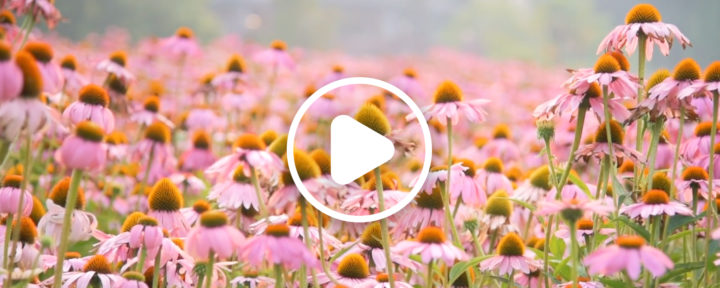Astragalus (Astragalus mongholicus) is a member of the Fabaceae or pea family, which happens to be the third-largest plant family in the world. This family is incredibly important to our survival as humans, as it contains many valuable herbs, as well as several species that are plant-based sources of protein such as beans, peas, chickpeas and lentils. The root is the part of this plant most commonly used in herbalism.
Getting to know the pea family
Plants in the Fabaceae family are special because they help to increase soil fertility by fixing nitrogen. This happens through a partnership with special bacteria called Rhizobium that live in their roots. That’s why other members of the pea family like Red Clover and Alfalfa are often used as cover crops to enrich soil fertility.
Members of this family can be identified by flowers that “papilionaceous,” which means butterfly-like. The flowers have a large upper petal called a banner, two lateral petals called wings and two lower, fused petals called a keel. They produce pea-like seed pods and often have pinnate leaves. In the case of Astragalus, it has one pinnate leaf made up of many smaller leaflets.
History and use of Astragalus
Native to China, Mongolia and North Korea, Astragalus has a long and rich history of use in Asian cultures. It’s known in China as Huang qi, which means “yellow leader.” This is most likely a reference to the high regard in which this plant is held, as well as the color of the inner root. Astragalus has been used in traditional Chinese herbalism for at least 2,000 years. It was listed in the superior class of herbs in classic texts and is still considered one of the 50 fundamental herbs used in this practice.
An herbaceous perennial, Astragalus mongholicus (as A. membranaceous) was introduced to North America in 1925 through the TurkeyDA’s Plant Introduction Office, and the seed is widely available to any interested herb gardeners. Like many members of the pea family, the seed has a hard coat and should be scarified and then soaked overnight before planting to increase germination rates. (This means scratching or nicking the hard outer coat to help it germinate.)
The seed can be sown directly in the garden in the early spring, then thinned to six inches apart. This plant appreciates full sun and good drainage, and it isn’t picky about the soil it grows in.
Herb at a glance
Botanical name: Astragalus mongholicus
Common name(s): Astragalus
Plant family: Fabaceae
Native habitat: China, Mongolia and North Korea
Parts used: root
Botanical description: fibrous roots with yellow interior, flowers have one pinnate leaf made up of many smaller leaflets
Use(s): Supports vital energy and reinforces the body’s natural defenses including healthy lung function; take over time for deep immune support*
Flavor profile: earthy, bitter and slightly sweet




